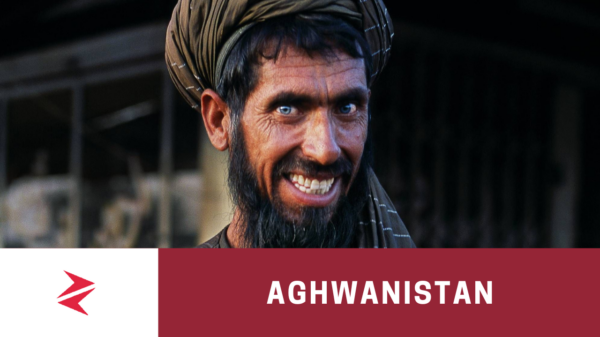To comprehend the current turmoil in Afghanistan, it’s essential to revisit the events of September 1996 when the Taliban first seized control of Kabul. Brig Sultan Mahmud’s account sheds light on the rapid advance of the Taliban, illustrating their formidable and efficient strategy.
The Taliban’s entry into Kabul 27 September 1996 was marked by swift and bold movements across multiple fronts. As of June 13, 2021, the Taliban had already captured 25 out of approximately 421 districts, showcasing a similar pattern to their past successes. Mahmud’s narrative delves into the historical context, emphasizing the significant events leading up to the fall of Kabul.
The account highlights the political landscape of the time, with Afghan leaders such as Haji Abdul Qadeer, Commander Abdul Haq, and others rushing to safety in Pakistan. The politicization of conflicts, personal vendettas, and the involvement of warlords are intricately woven into the narrative, providing a deeper understanding of the complexities surrounding the fall of Kabul.
The Taliban’s remarkable speed in capturing towns, army posts, and garrisons is emphasized, creating a stark contrast with the fleeing opposition. The geopolitical implications of the Taliban’s advance are explored, with mentions of the shifting narcotics trade routes and the involvement of neighboring countries.
The recounting of events leading up to the night of September 26, 1996, when the Taliban stood at Kabul’s eastern entrance, sets the stage for their takeover. The swift and nearly unopposed entry into the city, coupled with the departure of key opposition figures, paints a vivid picture of a changing power dynamic.
The narrative concludes with reflections on the impact of that pivotal night, emphasizing its significance and the subsequent geo-political reverberations. The lessons from 1996 serve as a poignant backdrop to the unfolding events in 2021, urging caution and collective efforts to prevent further chaos and violence in the region.
Taliban’s Resurgence: Impact on Pakistan and the Escalation of Militant Threats
The recent success of the Taliban in Afghanistan has not only shifted regional dynamics but has also emboldened Pakistani militants, leading to a surge in deadly attacks and catching Pakistani officials off guard. Despite previous beliefs that the Pakistani Taliban was no longer a significant threat, a September 6 cross-border assault from Afghanistan, where attackers descended from steep mountains, left four soldiers and 12 militants dead, challenging the assumption of the Pakistani leadership.
This wave of violence has triggered a moment of soul-searching in Pakistan, reminiscent of the country’s experiences with the Pakistani Taliban over a decade ago. The Tehrik-e-Taliban Pakistan (TTP), seeking to overthrow the country’s establishment and establish a conservative Islamic legal and political system, akin to the current regime in Afghanistan, is once again making its presence felt. The TTP, operating distinctly from the Afghan Taliban, had previously imposed sharia law in isolated areas and carried out deadly bombings.
The recent escalation of militant attacks in Pakistan has shocked the public, bringing back memories of the group’s earlier insurgency. The northwestern part of the country, in particular, fears a resurgence of violence and instability. During the first half of the current year, militant attacks in Pakistan increased by 80 percent, with the TTP suspected of being responsible for the majority of them, according to the Pakistan Institute for Conflict and Security Studies.
“People are joining our ranks in a way we’ve never seen before,” states one of the TTP commanders, Omar Mukarram Khorasani, signaling a concerning trend. The factors contributing to the TTP’s renewed strength include the ousting of leaders like Imran Khan, which has fueled anti-establishment sentiments. The Pakistani military has lost the love and support of a significant portion of the population, especially among the Pashtoon people. As a result, there is growing disillusionment, and some are looking towards any power that can address the country’s challenges, even if it involves brutal action against established figures.
If the current trajectory persists without correction from the Pakistani establishment, there is a growing fear that the situation may deteriorate further, leading to increased instability and violence in the region. It underscores the urgent need for the Pakistani authorities to address the root causes of discontent and work towards a more stable and secure future for the country.
For a comprehensive exploration of the complexities surrounding the Pakistan-Afghan border crises, Chitral’s role in the Battle of Birkot, and Afghanistan’s broader context, delve into the following articles by Zorays Khalid: Pakistan-Afghan Border Crises, Chitral in the Battle of Birkot, Afghanistan.
